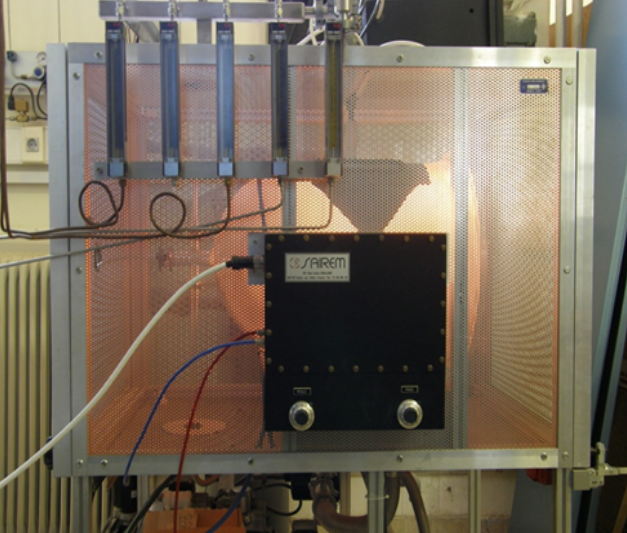Hydrogen plasma treatment for cultural artefacts
The preservation and protection of archaeological and historical tangible cultural heritage requires more and more advanced methods.
Using plasma chemistry methods, we employ tailored strategies for the restoration and conservation of cultural metallic objects. The plasma-chemical treatment of the archaeological metallic objects is based on the reduction of the corrosion products by reactive-reducing species, such as hydrogen atoms, in a H2 glow discharge plasma of low pressure and temperature.
Plasma treatment is an effective cleaning process, not only by reducing the corrosion layers of the metallic objects but also by preventing further deterioration. Using plasma, soil agglomerates and encrustations on the corrosion layer of the treated objects become brittle and can be easily removed mechanically by the conservators. In addition, the phases containing chloride ions can be destabilized and the chloride can be removed to the gaseous phase of the discharge, speeding up the desalination process.
Following the ethical codes of professional conservation, at PAMS laboratory we follow different treatment protocols depending on the type of material and the degree of corrosion. Apart from metallic objects, further experimental studies are conducted, to investigate the feasibility of application of plasma treatment on other materials such as glass, ceramic, lithic, paper etc.
